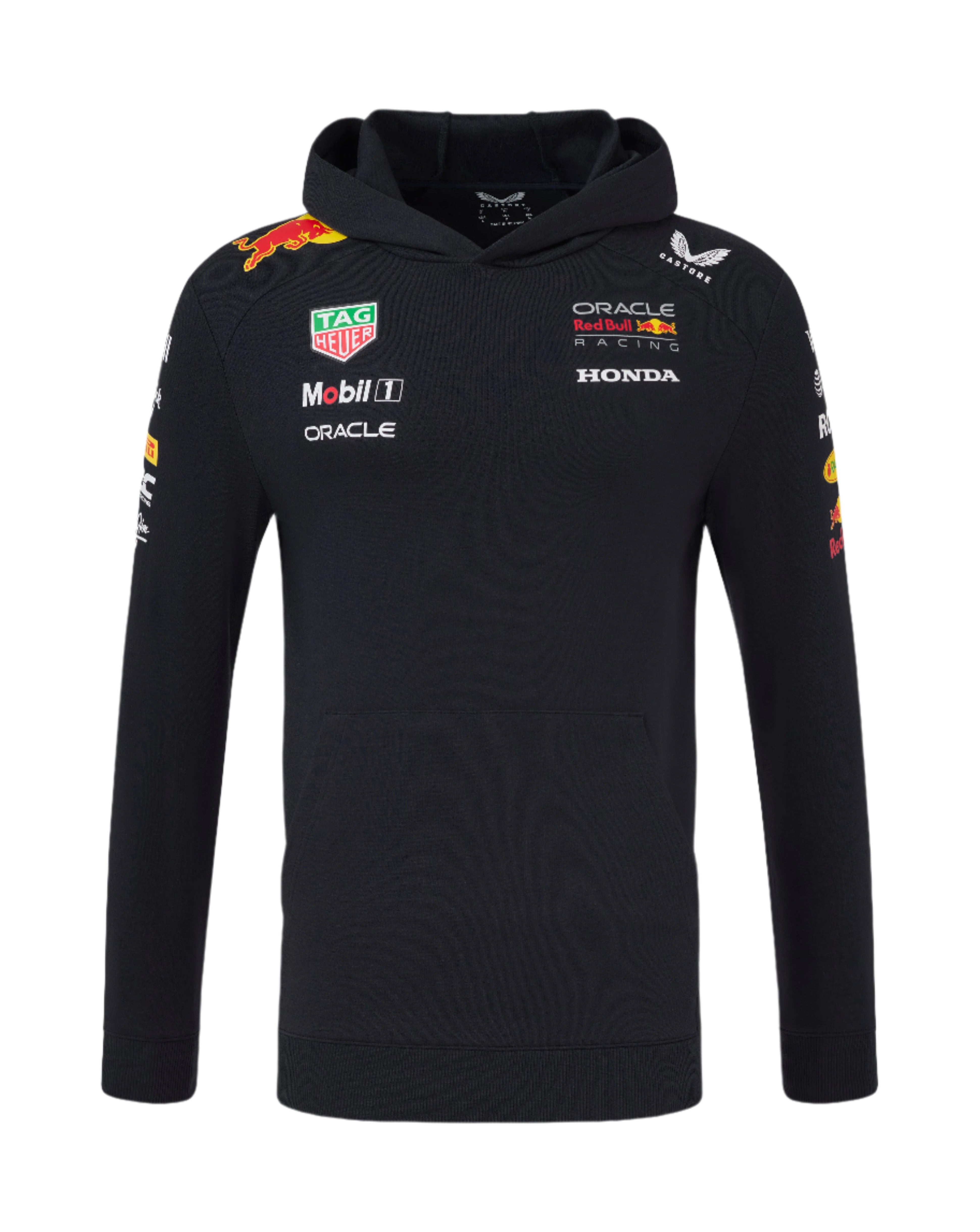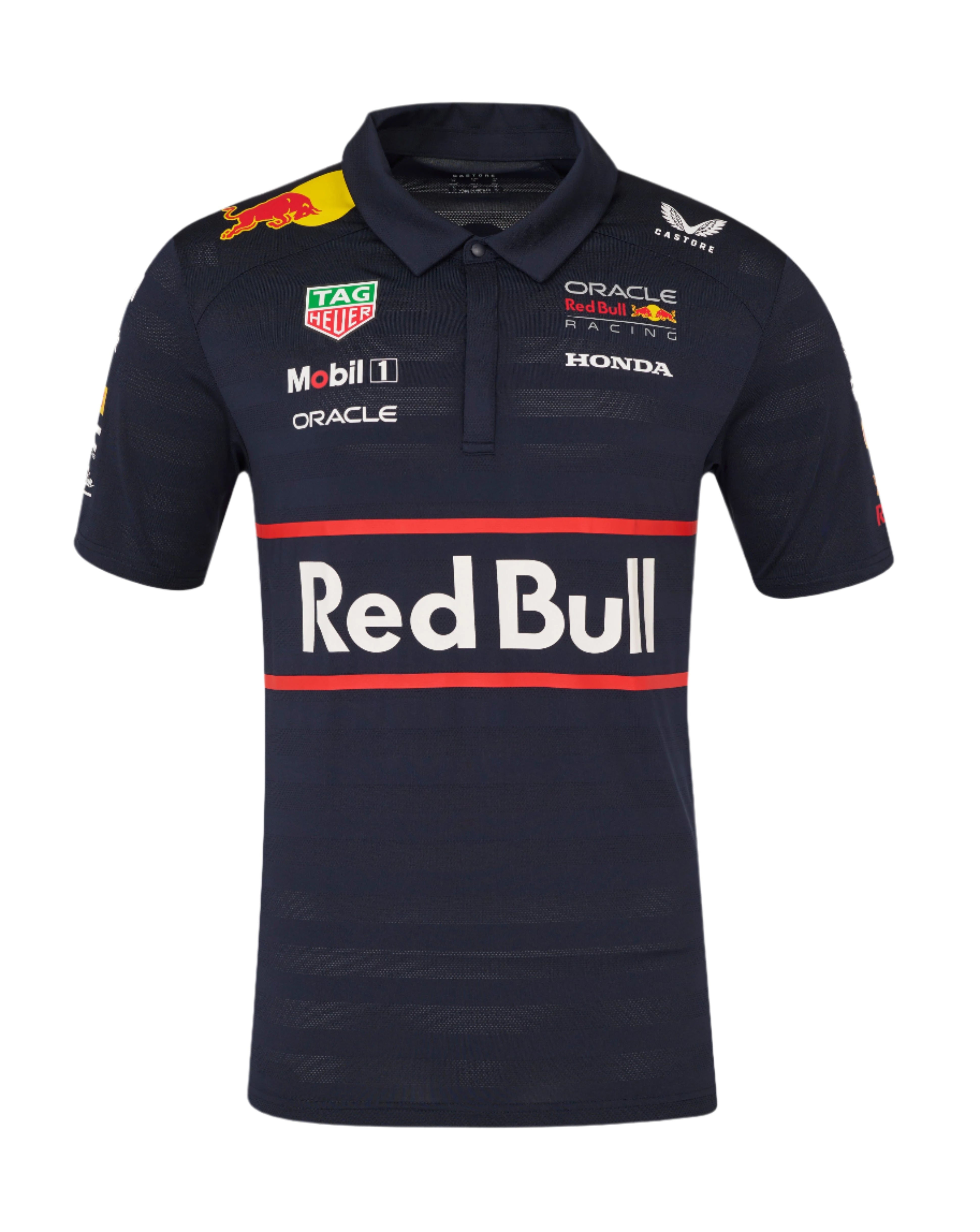The Legacy Of Niki Lauda
Niki Lauda may be best known for his championship run in the Formula 1 1976 season against James Hunt. With one driver’s title under his belt and in the lead for his second, he drove for Ferrari against Hunt in the McLaren. In August of 1976 at the Nurburgring Lauda suffered a crash on the second lap. With his car in flames, he was trapped by his seat belts. Other drivers rescued him from the wreckage, but not before suffering massive burns and inhaling the toxic fumes.
Lauda was transported to the hospital where he fell into a coma and was given last rights. Lauda, however, had other plans. Through sheer grit he was determined to not only live, but continue to race.
Miraculously, through immense pain, he missed only two races and 6 weeks after his horrific accident he was back in the car for the Italian Grand Prix. He admits he was petrified, but nevertheless he got back into the car. By the end of the season Hunt won the title, but only just. Niki would return to Ferrari the next season and take his second title. The Formula 1 1976 season is immortalized in the Ron Howard film, “Rush.” It does take some dramatic license, but overall it is a fairly accurate account.

Having secured a second title at Ferrari in 1977, he moved to Brabham for two seasons and then briefly retired for two seasons. Ron Dennis was able to coax Lauda out of retirement to drive for McLaren and it was there that Lauda took his third driver’s title in 1984 in the McLaren MP4/2, a car whose successors would see Ayrton Senna to 3 titles. He subsequently retired for good at the end of the 1985 season. To this day, Niki Lauda remains the only driver to win a Driver’s title with both Ferrari and McLaren.
A Different Kind of Pilot
Away from the (driving) cockpit, Lauda remained active, especially with aviation. He was an avid pilot and even began his own airline during his brief retirement - Lauda Air - which he returned to after retirement. What many people may not know is the lead role that Lauda took when tragedy struck. Lauda Air Flight 004 - a Boeing 767 - crashed in Thailand in 1991 when a thrust reverser deployed in mid-flight. A thrust reverser helps slow a plane after landing leading to lower wear on brakes and the ability to land on shorter runways. Not something you want mid-flight.

Niki traveled to Thailand and led the investigation himself. Pilots trained for thrust reversers deploying in-flight, and Boeing stated that it should have been recoverable. Simulations proved, however, that it was not.
The investigation ultimately found that there needed to be a positive, physical lock, on the thrust reverser - not the electronic lock Boeing had certified as safe. Lauda called Boeing to the carpet to make a public statement that they would change the design. When Boeing said they would need 3 months to draft such a statement, Lauda called a press conference for the next day. He essentially told the press that if the plane was recoverable, he’d go up with 2 pilots and deploy the thrust reverser in flight.
Boeing immediately folded and made the statement.
As a result, 1,600 model 737s, 747s, 757, and 767s had their thrust reversers modified, likely saving many lives. It was the dogged determination Lauda displayed in 1976 that got a major safety change implemented.
Return to Formula 1 (again)
Never one to stay away, Niki returned to advise Luca Di Montezemolo at Ferrari in 1993. He also took over team principal duties at Jaguar racing in 2001 though by 2003 without any improvement in the team he was let go. (Ford went on to sell the Jaguar team to Red Bull in 2004.)
Perhaps Laura’s greatest achievement outside of the F1 cockpit was becoming Non-Executive Chairman at the Mercedes F1 team where he was instrumental in convincing Lewis Hamilton to separate from McLaren and join the team in Brackley. At the time it seemed a wild move for Hamilton, however we all now know what a masterstroke it was.
Chequered Flag
Sadly, Niki Lauda passed away in May 2019 at the age of 70, just before the Monaco Grand Prix. Over his lifetime, Niki received two kidney transplants and a lung transplant, but it never kept him down. He is a legend in Formula 1 — for much more than his dramatic and inspirational Formula 1 1976 season — and to celebrate his life during the Monaco Grand Prix many wore his signature red cap.

To celebrate his legacy, CMC Motorsports has a signed, framed piece of Niki Lauda history that could hang proudly on your wall.
About the Author:
Jared Nichols has been a Formula 1 fan for a decade and a car nut his entire life. He is the host of the F1 Explained podcast where he and special guests make Formula 1 accessible to all. Subscribe wherever you listen to podcasts.











